What to do in the garden now
PankajT
9 years ago
Related Stories
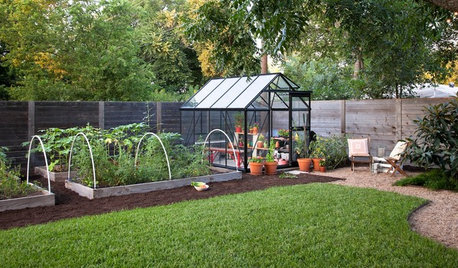
EDIBLE GARDENSA Formerly Weedy Lot Now Brims With Edibles and Honeybees
Photographers transform their barren backyard into an oasis filled with fruit, vegetables, honey, eggs and more
Full Story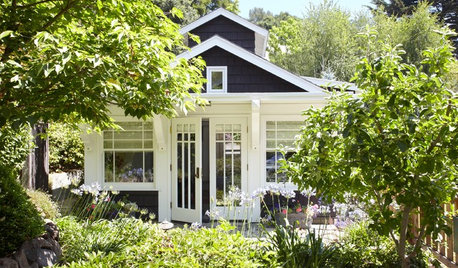
BACKYARD STUDIOS12 Garden Sheds and Cottages We Love Now
Get inspiration from these inviting backyard spaces that house offices, guest quarters, garden storage and more
Full Story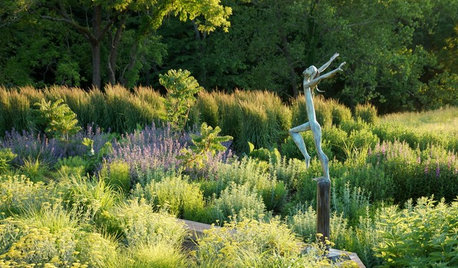
LANDSCAPE DESIGNEnergy Now: Designing a Garden That Gets You Going
Serenity has its place, but a garden that recharges and motivates you can be a beautiful thing
Full Story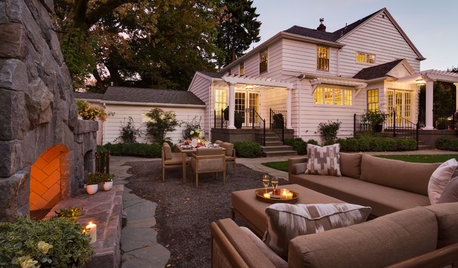
GARDENING AND LANDSCAPINGHouzz Survey: See What Homeowners Are Doing With Their Landscapes Now
Homeowners are busy putting in low-maintenance landscapes designed for outdoor living, according to the 2015 Houzz landscaping survey
Full Story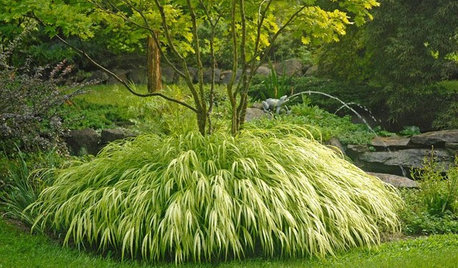
PRODUCT PICKSGuest Picks: 20 Gorgeous Perennials to Plant Now
Take advantage of warm spring weather to create a colorful garden with blooming plants, succulents and ornamental grasses
Full Story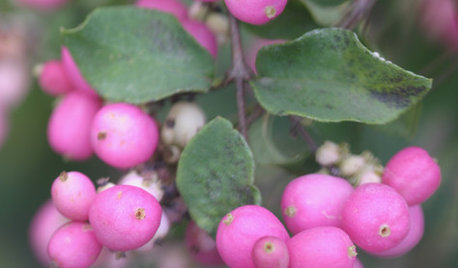
LANDSCAPE DESIGN5 Berry-licious Shrubs to Plant Now for Winter Interest
Showy color during snow season? You bet. These shrubs will wake up a garden with colorful berries when other plants are asleep
Full Story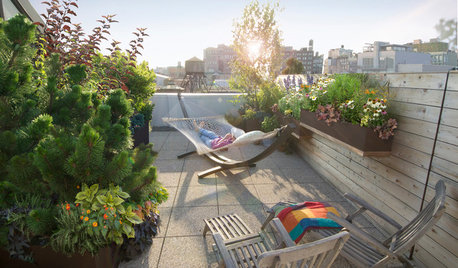
URBAN GARDENSOnce a Barren Rooftop, Now a Serene City Getaway
An outdoor shower and dining area atop a Manhattan penthouse? Stop rubbing your eyes and start checking it out
Full Story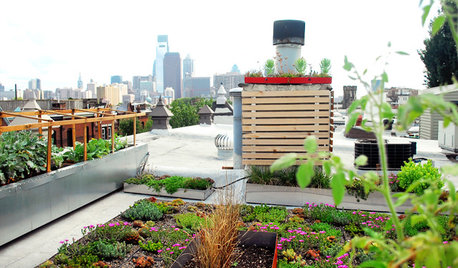
HOME INNOVATIONSNow Approaching the Emerald City
Urbanites are spraying moss graffiti on walls and covering roofs in plants — and city regulators and designers are supporting the cause
Full Story
SAVING WATER6 Reasons Why You Should Save Your Rainwater Now
Collect and store during the rainy season so you’ll have water ready for irrigation when you need it
Full Story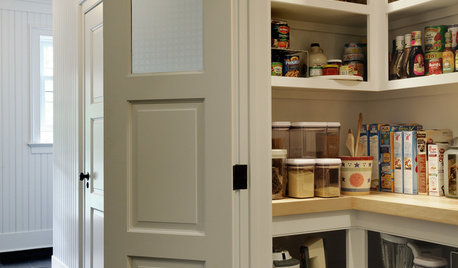
HOUSEKEEPINGAll Together Now: Tackle Home Projects With a DIY Co-op
You're in good company when you pair up with a pal to clean, organize, repair and replace
Full Story







gardenweed_z6a
defrost49
Related Professionals
Reading Landscape Architects & Landscape Designers · Horsham Landscape Architects & Landscape Designers · North New Hyde Park Landscape Architects & Landscape Designers · Blue Springs Landscape Contractors · Fairview Landscape Contractors · Forest Hills Landscape Contractors · Golden Gate Landscape Contractors · Goodlettsville Landscape Contractors · West Coon Rapids Landscape Contractors · Maple Heights Landscape Contractors · Blue Springs Decks, Patios & Outdoor Enclosures · Dayton Decks, Patios & Outdoor Enclosures · Fort Worth Decks, Patios & Outdoor Enclosures · Reisterstown Decks, Patios & Outdoor Enclosures · St. Louis Decks, Patios & Outdoor Enclosuresclaireplymouth z6b coastal MA
pixie_lou
PankajTOriginal Author
Steve Massachusetts
claireplymouth z6b coastal MA
gardenweed_z6a
ishareflowers {Lisa}
ishareflowers {Lisa}
gardenweed_z6a
defrost49
PankajTOriginal Author
claireplymouth z6b coastal MA
Steve Massachusetts
gardenweed_z6a
NHBabs z4b-5a NH
defrost49
diggingthedirt
chardie